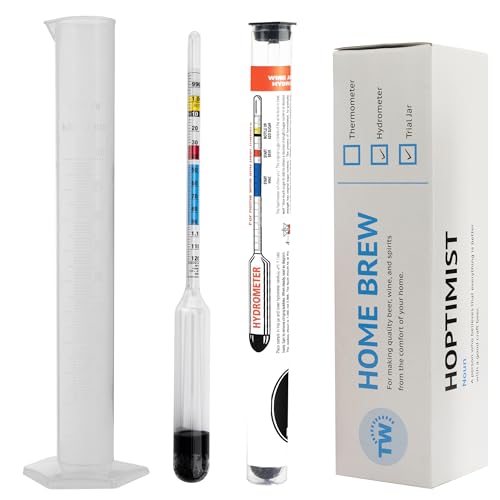Godsdog
Landlord.
hiya again guys
like I said in one of my first posts,im a lazy kit brewer of some 40 odd years and after reading the thread on ACE boilers I really think im gonna take the plunge and get one,the reason for this post is my confusion of brewing terms as with a kit its just boil the tin up throw in the sugar top up with water and pitch the yeast.so my questions are as I cant find threads are
1,do you only work out the ibu if you are devising a recipe,other than that just follow a tried and tested recipe?
2,would it be ok to leave the wort in the ACE until it cools to yeast pitch tempeture and then transfer into a sanitised fv?(think I may go the cooling cube route to start with though)
3,the best way to sparge over an ACE
4,are edittions the same as additions,ie the hops and stuff after the boil?
5,what size grain bag for an ACE?
6,do I need to add irish moss
7,can someone explain what exactly first and second runnings are?
8,what is DMS exactly?
9,also im a bit confused as to when you add the hops etc,ie 60 mins 30 mins etc,flame out is that right after cutting the power to the element?
like I said,40 odd years brewing and learned nothing really,but want to get my head around it and have a go before I curl up my toes,id also be grateful if anyone can suggest a simple ipa recipe with citreous overtones or a golden ale with toffee overtones,any links to clik on for answers rather than typing them out will be cool
thanks again guys,a great forum and haven't been able to keep off it since signing up :thumb:
like I said in one of my first posts,im a lazy kit brewer of some 40 odd years and after reading the thread on ACE boilers I really think im gonna take the plunge and get one,the reason for this post is my confusion of brewing terms as with a kit its just boil the tin up throw in the sugar top up with water and pitch the yeast.so my questions are as I cant find threads are
1,do you only work out the ibu if you are devising a recipe,other than that just follow a tried and tested recipe?
2,would it be ok to leave the wort in the ACE until it cools to yeast pitch tempeture and then transfer into a sanitised fv?(think I may go the cooling cube route to start with though)
3,the best way to sparge over an ACE
4,are edittions the same as additions,ie the hops and stuff after the boil?
5,what size grain bag for an ACE?
6,do I need to add irish moss
7,can someone explain what exactly first and second runnings are?
8,what is DMS exactly?
9,also im a bit confused as to when you add the hops etc,ie 60 mins 30 mins etc,flame out is that right after cutting the power to the element?
like I said,40 odd years brewing and learned nothing really,but want to get my head around it and have a go before I curl up my toes,id also be grateful if anyone can suggest a simple ipa recipe with citreous overtones or a golden ale with toffee overtones,any links to clik on for answers rather than typing them out will be cool
thanks again guys,a great forum and haven't been able to keep off it since signing up :thumb:







































